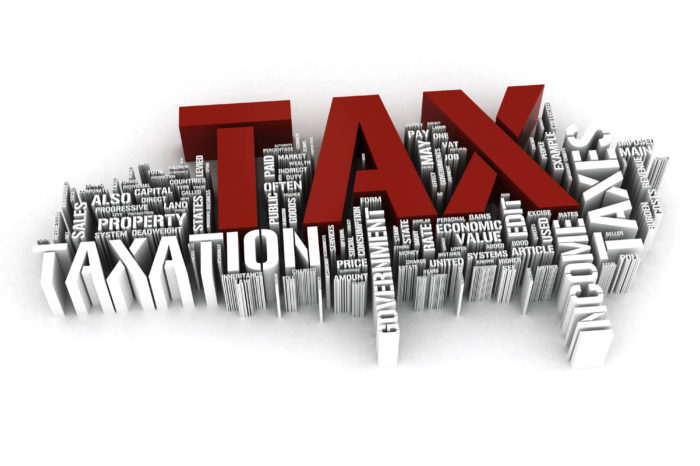When Is a Tax Not a Tax?
When is a tax not a tax? When no one pays it.
That’s basically the case with Massachusetts’ voluntary 5.85 percent income tax rate.
In 2011, the latest year for which information is available from the Department of Revenue (DOR), a tiny fraction of the 3.5 million tax filers opted to pay the increased rate, generating under $200,000 in additional tax revenue – less than chicken feed compared to a $32.5 billion budget.
The number of truly liberal among us who shade the oval to pay an extra 0.6 percent of income to the state is spiraling downward, dropping from 2,727 filers in 2009 to 2,400 in 2010 and to 1,737 in 2011. And it turns out that a hefty chunk of them wound up paying no state income taxes at all. As we learned in elementary school math, 5.25 percent of zero is the same as 5.85 percent of zero.
It’s clear that in this bluest of states, people would rather pocket their income than donate it to state coffers.
That’s certainly something to think about as the governor and legislature debate new taxes this year.
Who are we to thank for this very clear information that reveals how Massachusetts citizens truly feel about paying taxes? None other than Barbara Anderson and her team at Citizens for Limited Taxation (CLT).
After leading a successful ballot initiative in 2000 to roll back the income tax rate to 5 percent (which was never fully implemented) CLT appeased the opposition by suggesting the public be given an option to pay higher taxes. Much to CLT’s surprise, the legislature went along with it and DOR tax forms included the optional higher tax rate.
So the next time you’re filling out your taxes and wondering why anyone would pay more than they owe, know that you’re not alone.
Rather than raising more revenue, the line stands as a monument to the genius of Barbara Anderson when it comes to capturing taxpayer sentiment.



